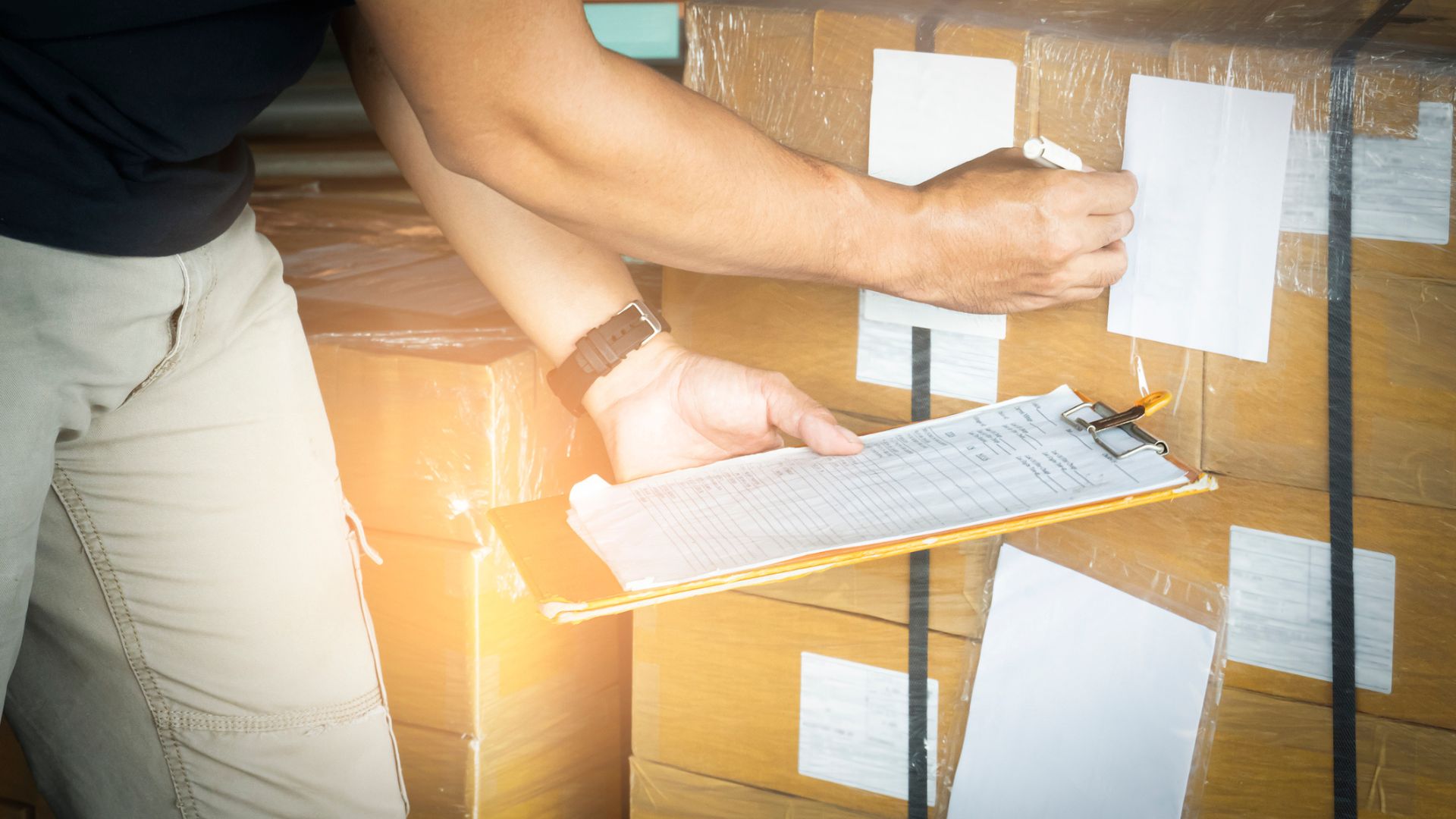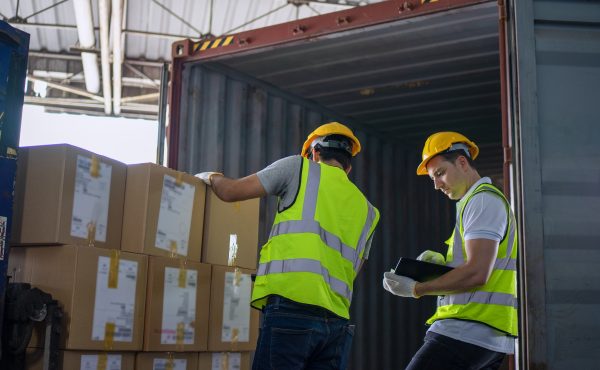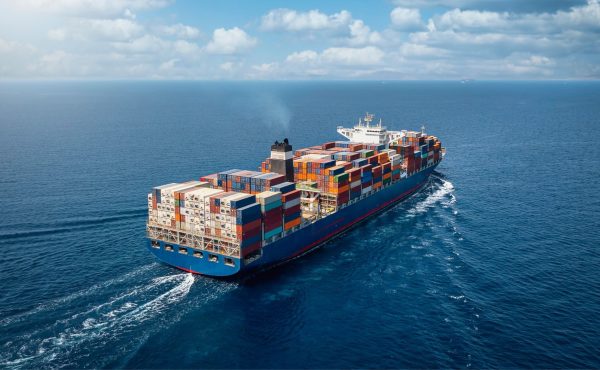Tariff Classification: A Practical Guide to Avoid Mistakes and Unnecessary Costs
In international trade, every detail matters. Among procedures, regulations, and controls, one of the factors that most affects operational costs is tariff classification.
Assigning the right code to each product is not only a legal requirement — it’s also essential to avoid penalties, delays, and overpayments at customs.
In this article, we explain what tariff classification is, why it’s so important, and how to avoid the most common mistakes that can cost your company thousands of dollars.
What Is Tariff Classification?
Tariff classification is the system used to identify any goods traded internationally through a unique numerical code.
This code is based on the Harmonized System (HS) of the World Customs Organization, and within the European Union, it’s implemented through the TARIC code.
Using this code, customs authorities determine:
- The type of product and its characteristics.
- The applicable customs duties and taxes.
- The additional requirements and inspections the goods must undergo.
- Whether tariff preferences apply under international trade agreements.
Why Correct Classification Matters
A classification error can have serious consequences for any importer or exporter, such as:
- Paying higher duties than necessary.
- Receiving fines or penalties from customs authorities.
- Shipments being held at the border, resulting in storage costs.
- Losing competitiveness by failing to apply tariff reductions or exemptions.
In contrast, proper classification ensures savings, legal security, and smoother customs operations.
Common Mistakes When Assigning Tariff Codes
At Logisber, we often see problems caused by practices like:
- Using generic codes instead of analyzing the product’s technical details.
- Not updating codes after changes to TARIC or international regulations.
- Relying only on the commercial description without considering composition, use, or function.
- Copying codes from other companies without confirming they match the actual product.
- Skipping expert advice — increasing the risk of costly mistakes.
How to Determine the Correct Code
Assigning the correct tariff code requires a technical and meticulous approach, including:
- Analyzing the product’s composition, function, use, and presentation.
- Consulting the Explanatory Notes of the Harmonized System and the TARIC database.
- Reviewing legal updates and Binding Tariff Information (BTI) rulings from customs.
- Applying HS interpretation rules for mixed or complex products.

Your Partner in Tariff Classification and Customs Management
In a context where mistakes can be costly, having a specialized partner makes all the difference.
At Logisber, we support companies throughout the entire classification process — analyzing every product in detail to assign the right code, prevent unnecessary expenses, and avoid penalties.
Our team also helps businesses leverage tariff reductions and trade agreements, ensuring every international operation runs smoothly, securely, and in full compliance.
Contact us and turn your goods’ tariff classification into a real competitive advantage.
Categorías
Compartir








